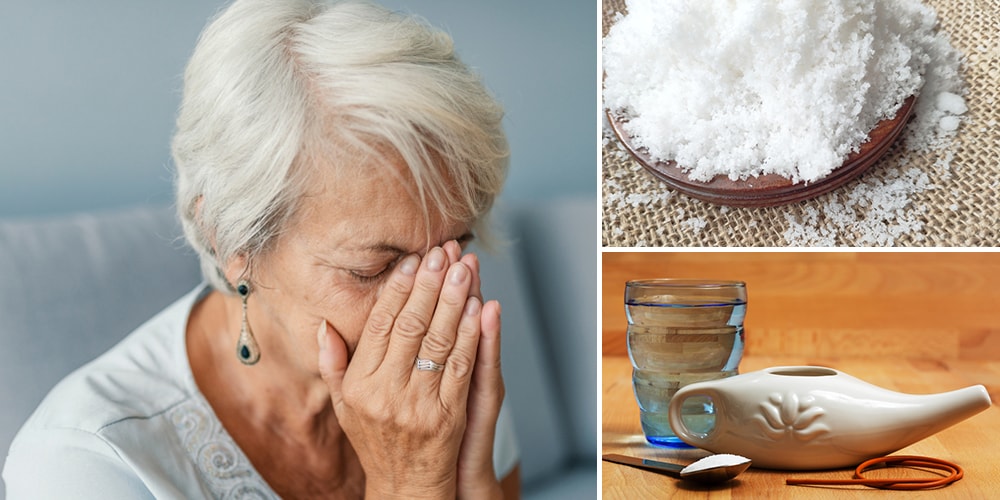
5 Signs Your Sinuses Need a Cleanse
When viruses and allergies strike, stuffy sinuses can be annoying, especially at bedtime. For most people, nasal saline irrigation is a highly-effective technique that quickly relieves its symptoms. A saline rinse is a self-care procedure you can do at home. It flushes away allergens and breaks up and drains mucus to relieve congestion.
Sinus cleansing is also best for preventing sinus infections from getting worse. But how would you determine when your sinuses need a cleanse? How safe is the procedure, and how often should you undergo the detox process? Read below to find out.
Causes of Sinusitis
Sinusitis, or sinus infection, is an inflammation of the sinuses. The sinuses are coated with a mucus membrane to maintain moisture and filter the air. However, there are times when the sinuses do not drain and trap the mucus in. Viruses and bacteria multiply in it and the sinus lining becomes inflamed.
The common causes of sinusitis are:
- Allergies
- Common cold
- Nasal polyps
- Air pollution
- Respiratory infection
- Dental infections
There are two types of sinusitis: acute and chronic sinusitis. Acute infections are typically due to the common cold and allergies. It will last for about four weeks or less. More than four episodes of sinusitis in a year is called recurrent acute sinusitis. Chronic sinusitis, on the other hand, has symptoms that persist for more than 12 weeks.
5 Signs Your Sinuses Need a Cleanse
Sinus infections can cause uncomfortable pain and pressure in the face and head. The headache that accompanies it often gets worse every morning and decreases by evening. But the stuffiness that comes with it hampers sleep time. You need to detox your sinuses when these signs are present and become unbearable.
Nasal Congestion
A persistent stuffy nose marks the onset of sinusitis. There is difficulty breathing through the nose because of the swelling in the nasal passage. When left untreated, nasal congestion can cause nasal polyps and middle ear infections. Cleansing the sinuses is a great help in flushing away bacteria and reducing inflammation to prevent it from getting worse.
Post-Nasal Drip
When the mucus gathers and trickles down into the throat, it is called a post-nasal drip. It feels like a tickle at the back of the throat with an unpleasant taste and will force you to cough out. Postnasal drip will irritate the throat and inflame the tonsils and other surrounding tissues. It may not be a serious condition but it is annoying to endure.
Bad Breath
Mucus produced by infected sinuses can smell bad and drip down the throat into the mouth. Drinking plenty of water, as well as frequent mouth rinsing, sinus rinses, and tongue brushing, may help alleviate this symptom.
Yellow and Green Mucus Discharge
The sinus produces about 1 to 2 liters of mucus a day. Its role is to trap viruses, bacteria, dust, and pollen that enter the nose. The gel is typically clear but it changes colors when you are ill. Green and yellow mucus is the first sign of cold and sinus infection. Common cold resolves itself within 10 days without treatment. However, the bacteria can spread and cause other complications like ear infections, asthma, strep throat, or pneumonia.
Sinus Headache
Nasal symptoms cause pressing pain and pressure in the face along with throbbing headaches. Sinus headache worsens if you have hormonal change or a history of migraine. The pain is felt in the cheeks and brow area and gets worse when bending forward or lying down. To relieve sinus headaches, a sinus flush may help along with homeopathic treatment. You can also put these plants in your pillow to relieve a sinus headache.
How To Flush the Sinuses
Nasal saline irrigation is one of the best courses of treatment for sinus blockage problems. Sterile water or a saline solution can be used to thin down thick mucus and rinse away bacteria and viruses. Sinus rinse reduces swelling and relieves nasal congestion and other symptoms.
Nasal irrigation is administered using special squeeze bottles, syringe bulbs, or a neti pot. You may buy the prepackaged saline solution in pharmacies or prepare your own in simple steps.
Ingredients:
- 1 cup distilled or cooled previously boiled water
- ½ tsp. non-iodized salt
- ½ tsp. baking soda
Method
Mix all the ingredients until dissolved and put the solution in a sterilized neti pot (or other suitable recipient).
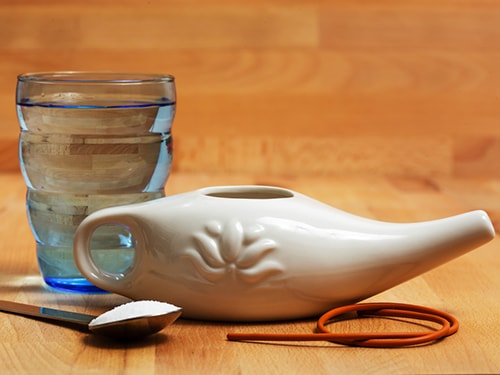
To use: Tilt your head sideways, about 45 degrees, and insert the neti pot spout in your upper nostril. Raise the handle and let the solution flow through the other nostril. Use half of the solution and repeat the process on the other side.
You can use the rinse one to two times per day for a few days a week until the problem is resolved.
Risks of Sinus Cleanse
Before doing the sinus flush, remember that there is also a risk involved with it. Improperly cleaned apparatus and unsterile water and ingredients can cause harmful infections. The bacteria, amoeba, protozoa, and other microorganisms in tap water can stay in nasal passages. It may lead to meningitis and amebic meningoencephalitis, which are fatal infections. The FDA also does not recommend neti pot in children unless directed by the pediatrician.
Other Natural Remedies for Sinusitis
Adequate hydration is the key to easing sinus symptoms. Take plenty of water, juices, and bone broth. These not only clear the congestion but also boost your immune system.
For quick relief, you can rely on some of these proven herbal remedies.
Garlic
Garlic (Allium sativum) is a superfood and nature’s antibiotic that provides quick healing for various infections. Garlic tea helps curb microbial growth and prevent it from spreading and creating other complications.
You can prepare garlic tea by boiling 3 cloves of garlic and grated ginger in 3 cups of water for 20 minutes. You may add honey and take it twice a day for nasal congestion. Or, you can take two cloves of garlic every morning on an empty stomach to alleviate allergy and chronic sinusitis.
This is why you should put garlic in your ear before going to sleep.
Ginger
Ginger (Zingiber officinale) is also a super effective treatment for sinusitis caused by allergies and common colds. It is anti-inflammatory in nature which decreases the swelling of the nasal cavities. It has antiviral and antibacterial properties to efficiently stop the growth of pathogens. Ginger also overcomes nausea and the unpleasant feeling of postnasal drip.
To decrease the density of the mucus and relieve sinusitis headache, take a decoction of ginger every four hours for two days.
Echinacea
Echinacea (Echinacea purpurea) is an effective herb for viral and bacterial infections. It regulates inflammation and reduces migraine and sinus headaches. Echinacea fights respiratory tract infections and promotes healing. You can apply Echinacea oil on your nose or chew a small piece of its root three times a day.
But, do not use echinacea if you are pregnant or allergic to plants in the ragweed family. The plant and its essential oil can trigger allergic reactions like swelling and hives. In high doses, echinacea can cause nausea, dizziness, insomnia, headache and gastrointestinal problems. Echinacea should not be taken for long-term use as well.
Horseradish
Horseradish (Armoracia rusticana) is a pungent plant with a high sulfur content that helps clear sinus passage. It contains bioactive compounds that drain the nasal passages and relieve symptoms of sinusitis almost immediately. It is also a powerful antibacterial agent for eliminating pathogens.
Horseradish rhizomes can be taken fresh or dried. You can eat it raw with squeezed lemon or boil it in water. Inhale the steam as it boils, then drink the horseradish decoction twice a day.
Essential Oils
Essential oils can open up the sinuses, drain the mucus and flush out infections. They can improve sinus congestion and alleviate nasty headaches. You can use essential oils in steam inhalation, diffusers, bath soak or as a vapor rub.
Essential oils are an effective alternative to OTC medicines for colds and coughs. The most potent among them for sinusitis are: Peppermint oil, Eucalyptus oil, Tea tree oil, Rosemary oil, Lemon Balm and Oregano oil.
Please read the labels carefully before using an essential oil on children. Some of them are not safe for infants and children under three years old. You should also not ingest essential oils unless prescribed by a healthcare provider.
Takeaway
The pain and discomfort caused by sinusitis can last for weeks and even months. The blockage and inflammation may disappear but quickly return after a couple of days. Often, the symptoms can go beyond the nose and create more complications.
Rinsing the sinuses is one of the easiest but most effective ways of draining excessive mucus for immediate relief. When you have difficulty sleeping, elevate your head to manage nasal congestion and prevent postnasal drip. You can do sinus cleansing before bedtime or in the morning upon waking up. Taking herbal remedies will also speed up the process and lessen the number of sick days.







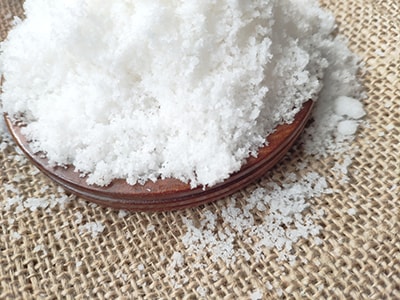
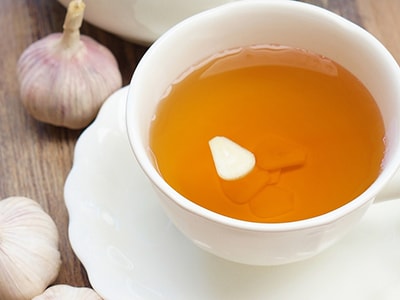
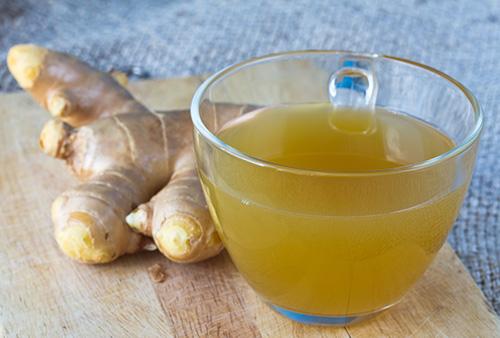
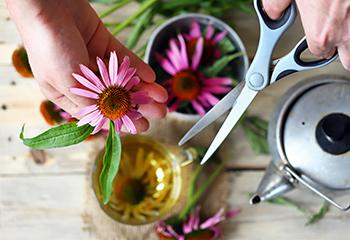
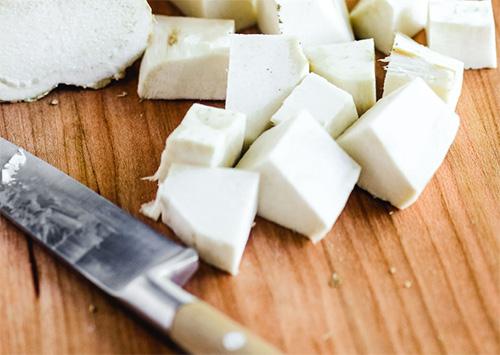
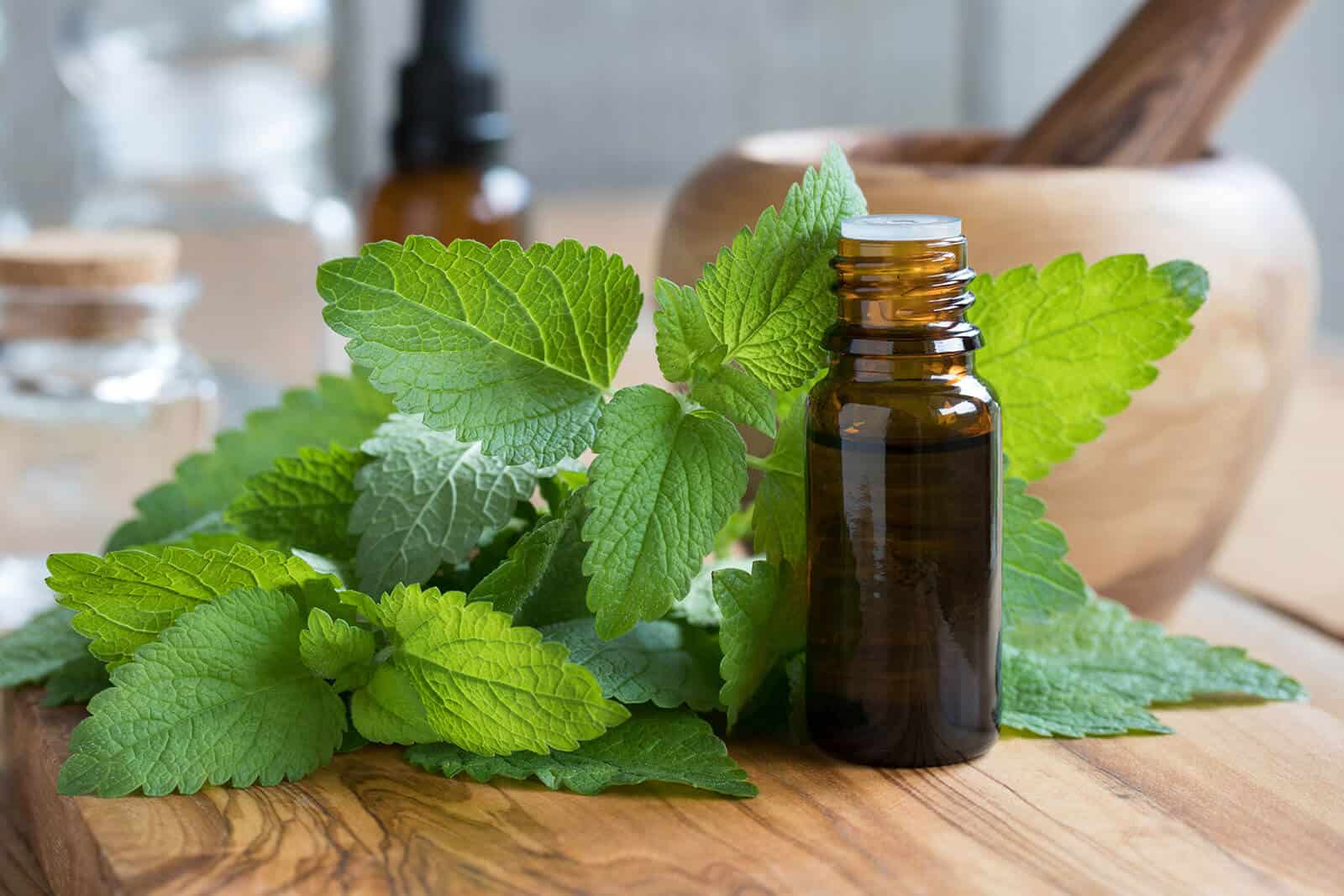
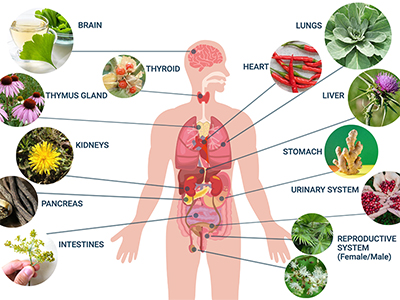
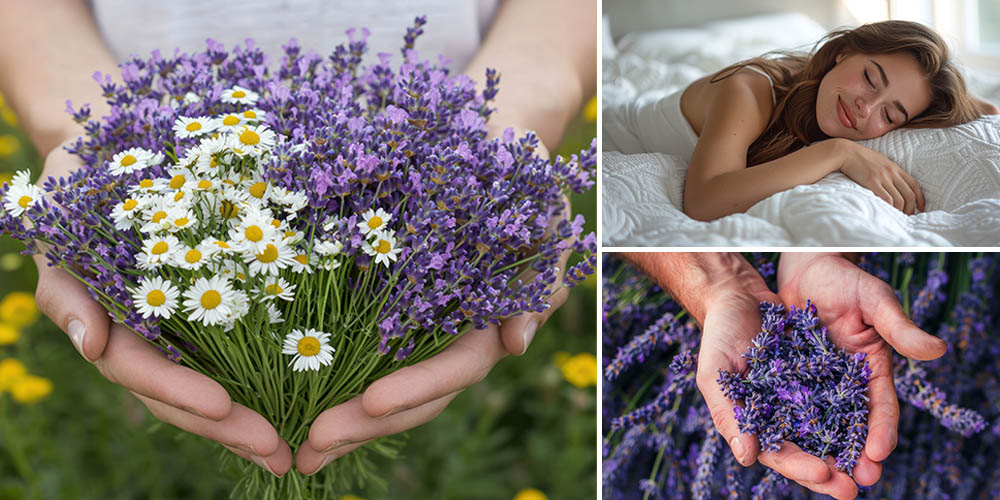


I LOVE my sinus rinse squeeze bottle! I can control the pressure and rate of the flow of water. I’ve used it so many times and my allergies and/head colds always resolves more quickly… I highly recommend sinus rinses but do caution against using non sterilized water.
Hi Glenda,
Thank you so much for taking the time to share this! We really appreciate it.
Many blessings and good health!
What is the little red berry like plant indicated for the thyroid on the body map?
Hi Annette,
Thank you for your interest in our blog.
It’s Ashwagandha. Preliminary research indicates that it may improve thyroid levels in hypothyroid patients. However, it may aggravate hyperthyroidism symptoms. As a result, you should consult your doctor before taking ashwagandha for a thyroid condition.
Many blessings and good health!